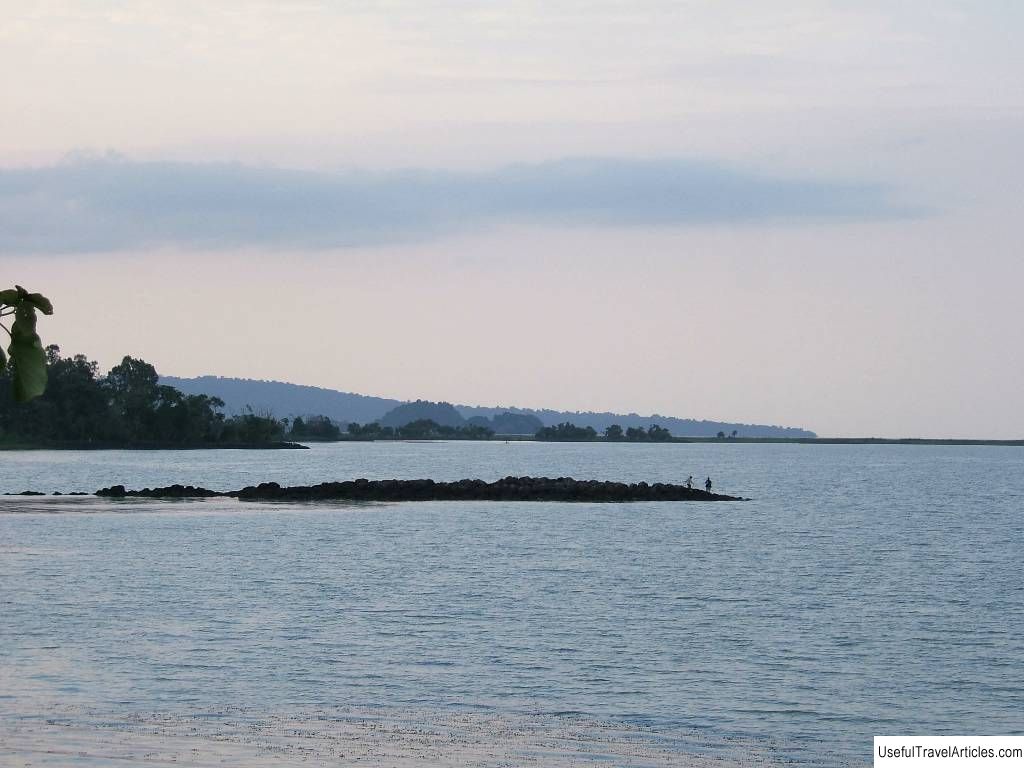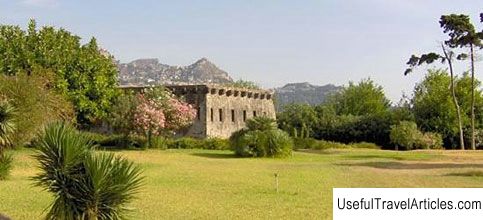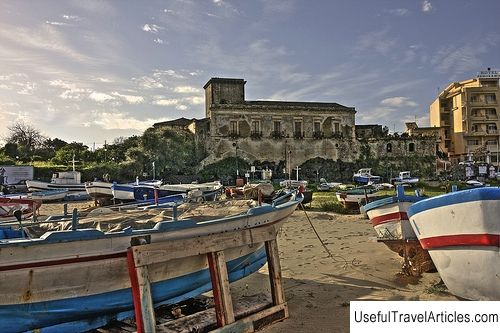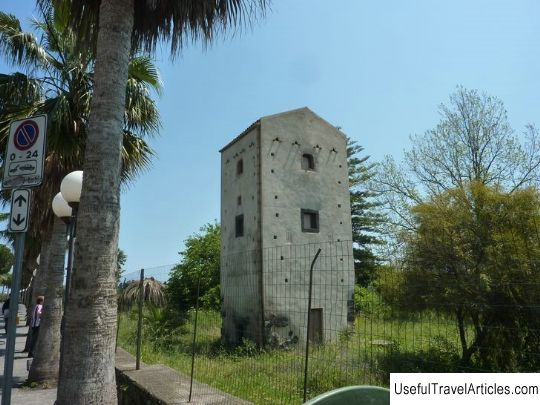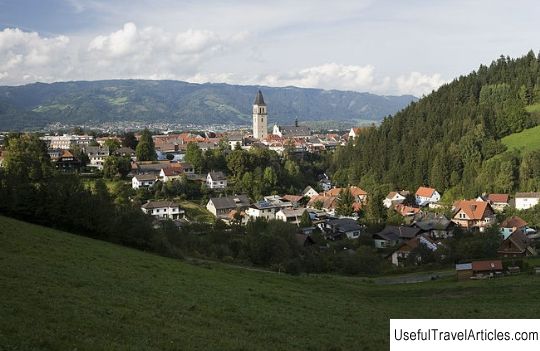Museum of Natural History (Museo Civico della Storia Naturale) description and photos - Italy: Giardini Naxos (Sicily)
Rating: 8,3/10 (8954 votes) 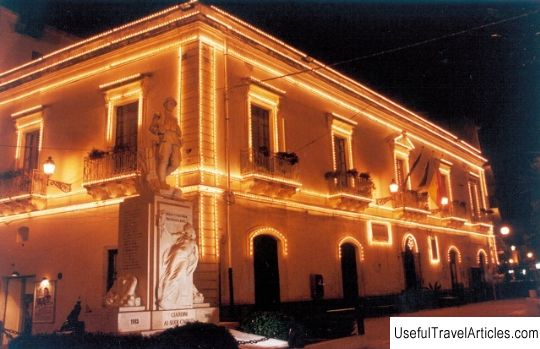
Natural History Museum (Museo Civico della Storia Naturale) description and photos - Italy: Giardini Naxos (Sicily). Detailed information about the attraction. Description, photographs and a map showing the nearest significant objects. The title in English is Museo Civico della Storia Naturale. Photo & DescriptionThe Natural History Museum was opened in Giardini Naxos, Messina in October 2001. Here, on an area of 340 square meters, finds are presented, brought from different parts of the world - mineralogical and paleontological collections, an amazing collection of amber and marine organisms from the bottom of the Strait of Messina. One section of the museum is dedicated to the ecosystems of the Alcantra River, which flows through one of the most important natural parks in Sicily. Semi-precious stones are collected in the mineralogy section: the green atacamite found in Chile in the world's largest open-air mine, the Brazilian amethyst of a deep purple color weighing 113 kg, the beautiful Sicilian aragonite donated by Baron Floristell Pennizi, stands out. and the rare Bolivian cassiterite. Minerals from the geological formation of the Upper Miocene, about 5 million years old, brought from the so-called Caltanissetta basin, are of important scientific value. Part of the section is devoted to volcanology, which is quite logical, given the proximity of Etna - the largest volcano in Europe and one of the most active in the world, as well as the volcanic Egadi Islands. This collection includes volcanic bombs formed as a result of past explosive activity of incandescent lava, crystals and stones of various origins from the top of Mount Etna. Here you can see the famous obsidian - volcanic glass from the island of Lipari, and the classic pumice, which is often found on the shores of Sicily. The marine collection contains the shells of the Mediterranean Sea, in particular, the bivalves Pinna nobilis are the largest in this basin, Pinna rudis, which live at depth in areas with strong currents, and Atrina prectinata, which prefer calmer waters. Of particular interest are the white corals from the bottom of the deep Strait of Messina and the Pedicularia sicula sea slug species, which are hunted by collectors from all over the world. Finally, in the paleontology section, you can see primitive stromatolites, ferns and fossils from Australia, fossil fish and reptiles from Brazil, precious amber interspersed with fossil insects and other exhibits. Showcased are the jaws of a mosasaur from Morocco, a tyrannosaurus egg from China, a pterosaur skeleton, and fossils from Australia that are about 600 million years old!        We also recommend reading Rostral columns description and photo - Russia - St. Petersburg: St. Petersburg Topic: Museum of Natural History (Museo Civico della Storia Naturale) description and photos - Italy: Giardini Naxos (Sicily). |
